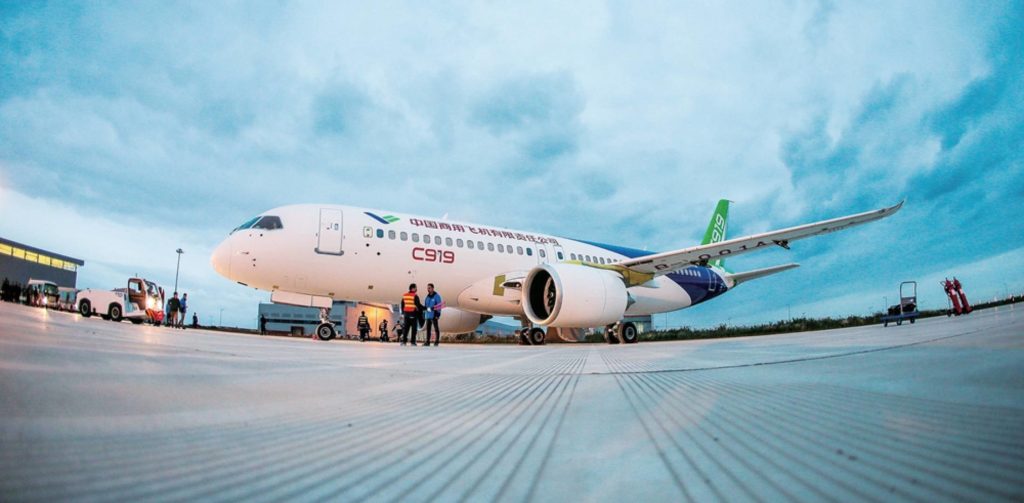




27 Aug 2025
What AI Can’t Replace: Human Judgment in Aircraft Inspections
The aviation industry has embraced technology at an unprecedented pace. From AI-powered image analysis to drone-based inspections, the tools at our disposal are faster, more precise, and more consistent than ever before. These innovations have reduced downtime, standardised processes, and made compliance tracking easier.
But amid the rapid adoption of inspection tech, one truth remains: aircraft safety and asset integrity still hinge on the people who know how to read between the lines and beyond the data.
The Role of AI in Modern Inspections
Artificial Intelligence has transformed inspection workflows. High-resolution imaging can detect surface anomalies invisible to the naked eye. Predictive algorithms flag potential component failures before they happen. Drone scans cover entire airframes in a fraction of the time a manual walk-around requires.
These capabilities are powerful. They speed up inspections, reduce operational costs, and improve reporting accuracy. But they are only as effective as the context in which they’re applied.
Where AI Falls Short
AI is exceptional at identifying what is but not always why. A microfracture detected on a composite panel may be logged by the system, but determining whether it’s a manufacturing defect, wear-and-tear, or the result of an isolated incident is often a matter of judgment.
Consider:
- Pattern Recognition Over Time - AI can compare an image to a database, but it takes an experienced inspector to know whether a recurring irregularity is a harmless quirk or a red flag that demands immediate grounding.
- Environmental Context - Weather conditions, maintenance history, and operational environment can all affect inspection results. AI rarely “knows” the full story.
- Critical Decision-Making - When safety and operational timelines are on the line, human judgment determines whether to return an aircraft to service or escalate for deeper investigation.
The Power of Field-Based Intuition
Years in the field build a type of expertise that no algorithm can replicate. Inspectors often spot subtle cues, a faint smell of hydraulic fluid, an unusual sound during engine run-up, or the way a pilot describes a handling anomaly that data models won’t capture.
This intuitive skillset, grounded in experience and cross-disciplinary knowledge, is what ensures that inspections are not only thorough, but also accurate in real-world terms.
Acumen’s Balanced Approach
At Acumen, we believe the future of aircraft inspections is not AI versus human expertise, it’s AI and human expertise working in concert.
Our inspection teams use advanced tools such as high-resolution imaging systems, AI-driven defect detection, and digital reporting platforms to speed up processes and improve data accuracy. But we also embed seasoned technical specialists who bring the insight and judgment that technology alone cannot provide.
This approach means:
- Faster, more consistent inspection workflows
- Richer, context-driven analysis of findings
- Confidence for lessors, operators, and financiers that every decision is grounded in both data and deep technical expertise
The Bottom Line
AI has raised the standard for speed and accuracy in aircraft inspections. But when safety, compliance, and asset value are at stake, human judgment remains the final safeguard. In the end, the best inspection isn’t just about what the system detects, it’s about what the expert decides.
At Acumen, we make sure both work together seamlessly.





